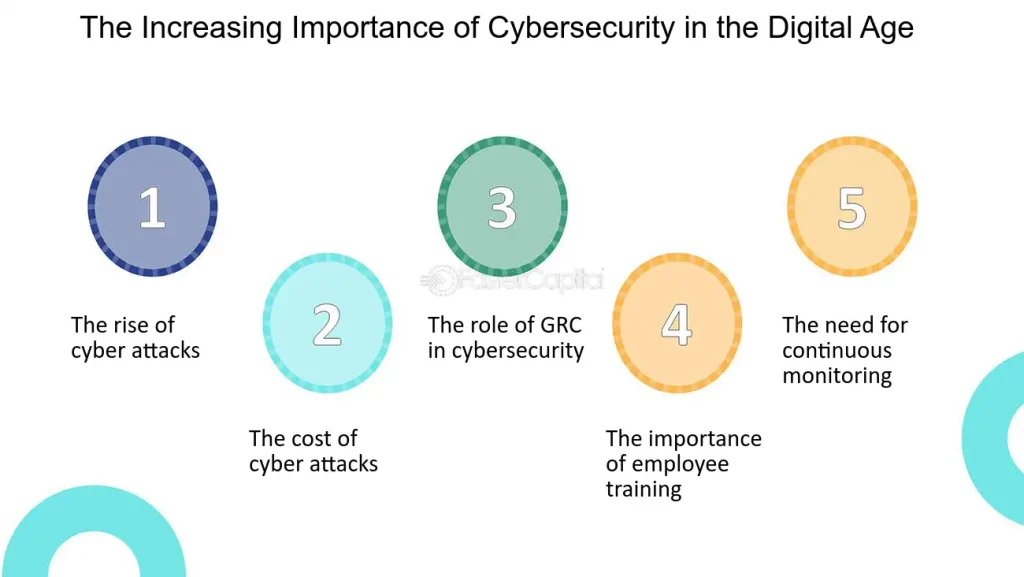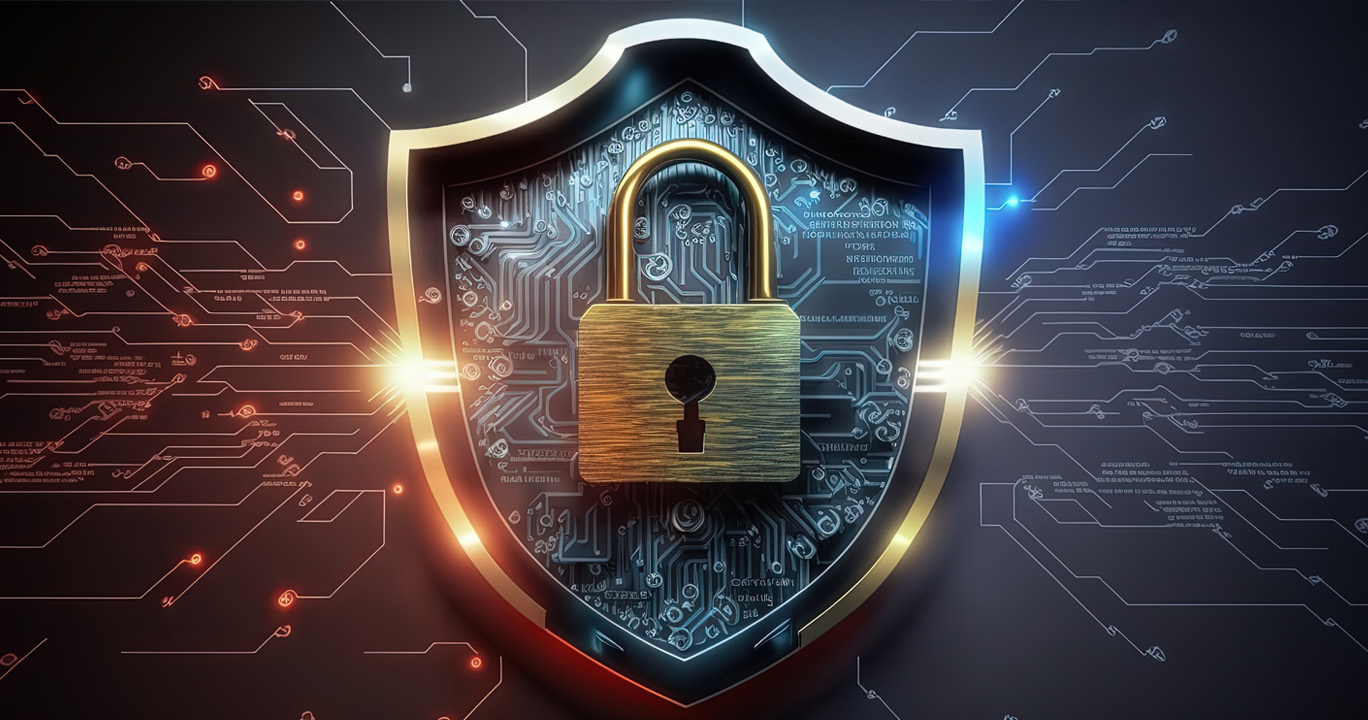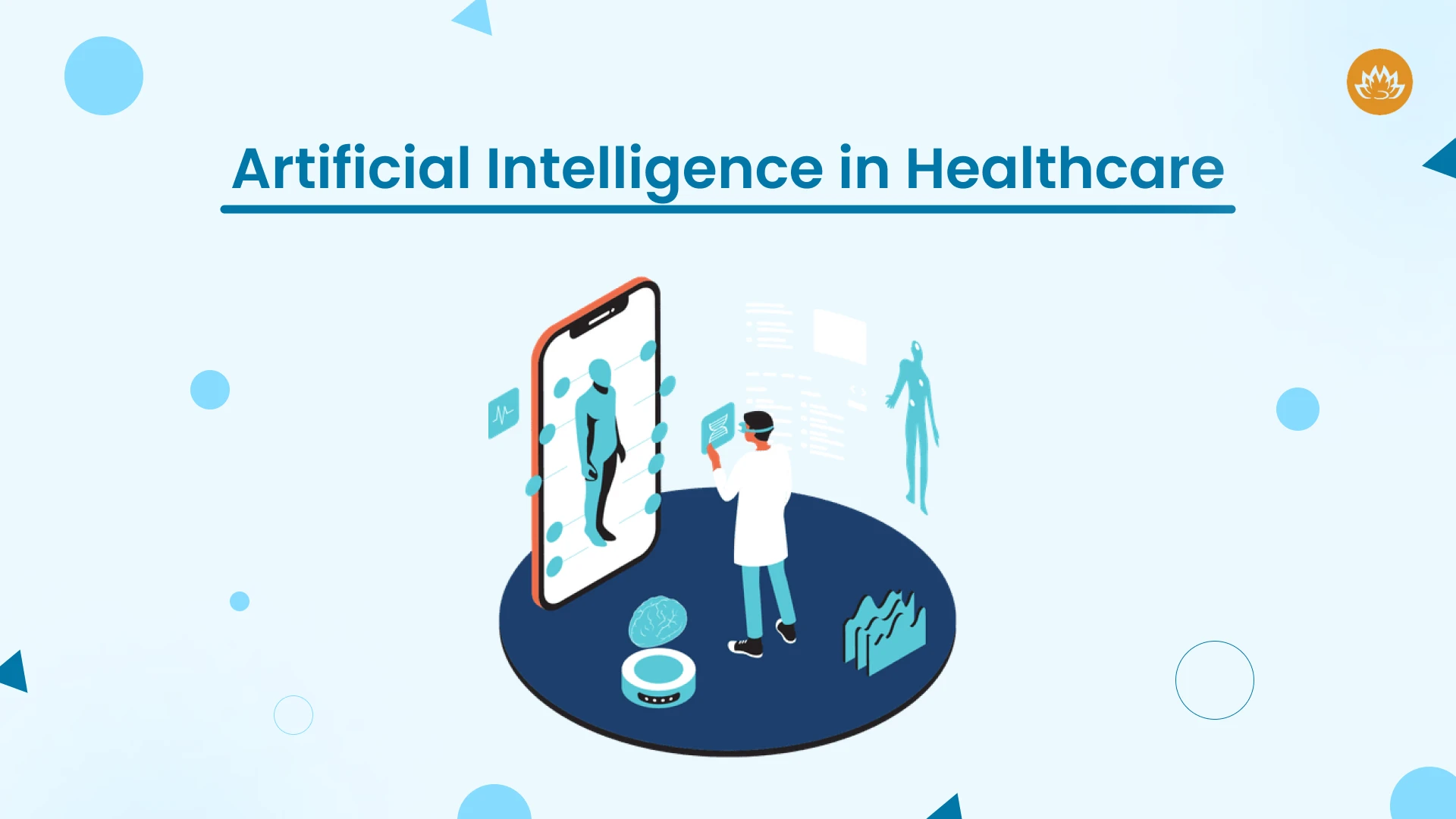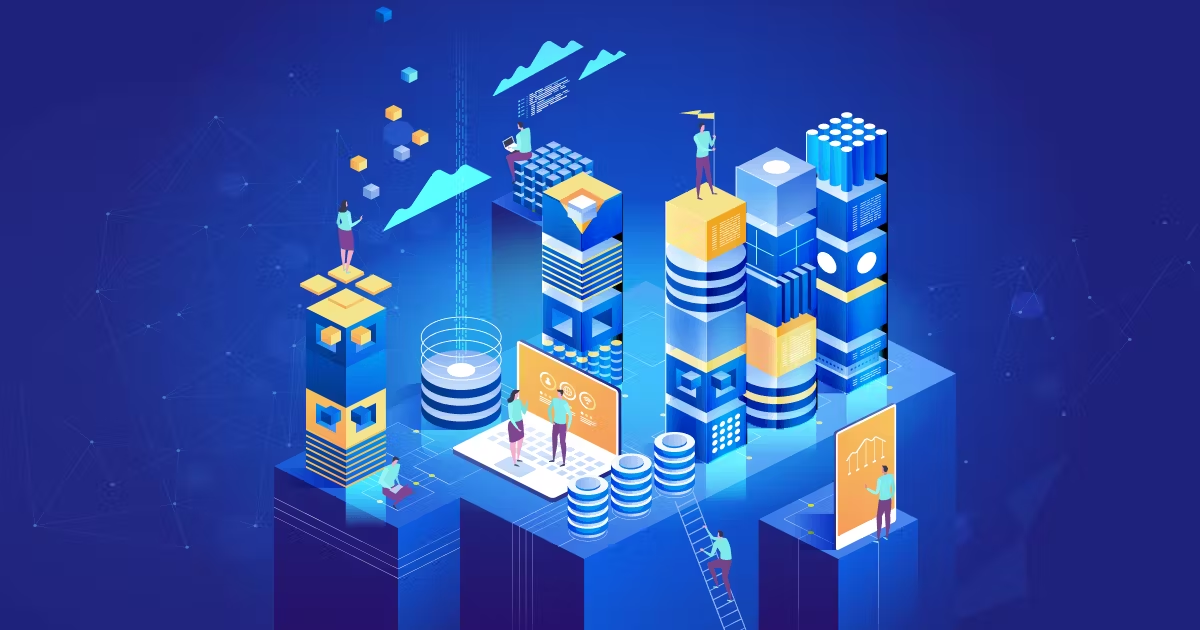In today’s digital world, data is one of the most valuable assets a business or individual possesses. With the rise of interconnected systems, cloud computing, and the increasing reliance on online services, safeguarding sensitive data has never been more critical. Unfortunately, as technology advances, so do the methods and sophistication of cyberattacks. Data breaches have become a frequent, and often devastating, occurrence for businesses and individuals alike.
The importance of cybersecurity cannot be overstated, especially in an era where a single data breach can cost millions of dollars, damage reputations, and erode trust with customers. This blog will delve deep into why cybersecurity matters more than ever, exploring the nature of data breaches, their consequences, and the best practices to protect against them.

Table of Contents:
- Understanding Data Breaches
- The Growing Threat of Cyberattacks
- Why Cybersecurity is Crucial in Today’s World
- The Real Costs of a Data Breach
- Best Practices for Enhancing Cybersecurity
- Cybersecurity Frameworks and Regulations
- The Role of AI and Machine Learning in Cybersecurity
- Conclusion
 10-Ways-2-Protect-Your-Computer-From-Hackers
10-Ways-2-Protect-Your-Computer-From-Hackers![]()

1. Understanding Data Breaches
A data breach occurs when sensitive, confidential, or protected information is accessed, disclosed, or used by an unauthorized entity. This data can include personal information (like Social Security numbers, bank details, or passwords), corporate data (such as trade secrets or financial records), and even government information.
Data breaches often happen through the following means:
- Hacking: Cybercriminals gain unauthorized access to systems by exploiting vulnerabilities in networks, software, or hardware.
- Phishing: Attackers use deceptive emails or websites to trick individuals into providing sensitive information.
- Insider Threats: Employees or contractors, intentionally or accidentally, leak or mishandle sensitive data.
- Malware/Ransomware: Malicious software is installed on a computer system, often encrypting data and holding it hostage until a ransom is paid.
These breaches can happen to any business or individual and are increasingly becoming more common. In 2023 alone, millions of data records were exposed globally, and this trend is only expected to grow.
2. The Growing Threat of Cyberattacks
The rise in cyberattacks and data breaches is a direct result of the increasing digitization of industries and the value that data holds. Hackers and cybercriminals target businesses, governments, and individuals for various reasons, including financial gain, political motives, or simple disruption.
Some of the key factors contributing to the growing threat include:
- Increased Connectivity: With the widespread adoption of Internet of Things (IoT) devices, cloud services, and remote work, businesses are more connected than ever before. These connections also create new vulnerabilities for attackers to exploit.
- Sophistication of Attacks: Cybercriminals are constantly evolving their tactics, using advanced techniques like zero-day exploits (previously unknown vulnerabilities), artificial intelligence (AI), and machine learning to execute targeted and highly complex attacks.
- Global Nature of Cybercrime: Cybercriminals operate across borders, making it difficult for authorities to track and prosecute offenders. This international scope of cybercrime adds an extra layer of difficulty in preventing attacks.
- Human Error: Phishing attacks and social engineering continue to be effective methods of attack because many users are still unaware of the risks, or lack the necessary cybersecurity training to identify and avoid threats.
3. Why Cybersecurity is Crucial in Today’s World
In the digital age, data is not just an asset; it’s the lifeblood of many businesses. Losing control over that data or exposing it to unauthorized parties can have devastating consequences. Here’s why cybersecurity is vital today:
A. Protecting Sensitive Information
For businesses, customer data, financial records, and intellectual property are key assets. For individuals, personal data, including health information, banking details, and social security numbers, are constantly at risk. Cybersecurity practices help prevent unauthorized access and safeguard this valuable information.
B. Maintaining Customer Trust
Customers trust businesses with their personal information. A data breach can shatter that trust, leading to lost customers and damaged reputations. Strong cybersecurity measures show customers that their data is taken seriously and is well-protected.
C. Preventing Financial Loss
Data breaches can be extremely costly. The average cost of a data breach was estimated to be around $4.35 million globally in 2022. This includes fines, legal fees, operational downtime, and the cost of repairing reputational damage. Investing in cybersecurity upfront can save businesses from these potentially crippling financial losses.
D. Ensuring Business Continuity
Cyberattacks can disrupt business operations, sometimes leading to days or even weeks of downtime. This interruption can result in lost revenue and long-term damage to the company. Effective cybersecurity ensures that businesses can continue operating even if an attempted breach occurs.
4. The Real Costs of a Data Breach
While the financial toll of a data breach is significant, the repercussions often extend far beyond the immediate monetary impact. Some of the real costs include:
A. Financial Costs
- Fines and Legal Fees: Depending on the nature of the data breach and the industry, businesses can face hefty fines. Regulations like GDPR (General Data Protection Regulation) impose strict penalties on businesses that fail to protect consumer data.
- Loss of Revenue: Breaches can result in downtime, lost customers, and a decrease in sales.
- Ransom Payments: In the case of ransomware, businesses are sometimes forced to pay attackers to regain access to their systems.
B. Reputational Damage
Businesses that suffer from a data breach often lose the trust of their customers. A damaged reputation can result in a significant loss of business, and in some cases, companies never fully recover.
C. Regulatory Penalties
Governments worldwide have implemented stricter regulations to hold businesses accountable for data protection. Non-compliance with these regulations can lead to severe fines, which only add to the financial burden of a breach.
D. Intellectual Property Loss
For businesses in innovation-heavy industries, losing proprietary information or trade secrets can result in a competitive disadvantage. If your competition gains access to your IP, it can take years to recover the lost ground.
5. Best Practices for Enhancing Cybersecurity
Given the high stakes, businesses and individuals must take cybersecurity seriously. Here are some best practices for protecting against data breaches:
A. Regular Software Updates
Ensuring that your systems and software are updated regularly helps protect against vulnerabilities that hackers might exploit. Patch management is crucial for mitigating the risks of zero-day vulnerabilities.
B. Implementing Multi-Factor Authentication (MFA)
MFA requires users to provide multiple forms of verification before accessing sensitive systems or data. This extra layer of security helps reduce the risk of unauthorized access, even if a password is compromised.
C. Encrypting Sensitive Data
Encryption ensures that even if data is intercepted, it cannot be read or used without the correct decryption key. Encrypting sensitive data, both at rest and in transit, is a fundamental cybersecurity practice.
D. Employee Training
Human error is one of the leading causes of data breaches. Regularly educating employees on phishing attacks, password security, and proper data handling can significantly reduce the risk of a breach.
E. Use Firewalls and Intrusion Detection Systems
Firewalls and intrusion detection systems monitor network traffic and can block malicious attempts to access systems. These tools are essential for creating a layered security approach.
6. Cybersecurity Frameworks and Regulations
Several cybersecurity frameworks and regulations help guide businesses in protecting their data. Some of the most widely adopted frameworks include:
- NIST Cybersecurity Framework: Provides guidelines for managing and reducing cybersecurity risks.
- ISO/IEC 27001: An international standard for information security management systems (ISMS).
- GDPR: Imposes strict requirements for data protection and privacy in the European Union.
Adhering to these frameworks not only improves cybersecurity but also ensures compliance with regulatory requirements, reducing the risk of fines and penalties.
7. The Role of AI and Machine Learning in Cybersecurity
As cyberattacks become more sophisticated, artificial intelligence (AI) and machine learning are playing an increasingly vital role in cybersecurity. These technologies can:
- Detect Anomalies: AI can quickly identify unusual patterns of behavior, such as a user trying to access a system at odd hours, which may indicate a potential breach.
- Automate Threat Detection: Machine learning algorithms can process massive amounts of data in real-time, allowing for faster detection and response to potential threats.
- Predict Future Attacks: By analyzing past incidents, AI systems can predict where future attacks are likely to occur, helping businesses proactively strengthen their defenses.
8. Conclusion
In the age of data breaches, cybersecurity is no longer a luxury—it’s a necessity. With the increasing frequency of cyberattacks, protecting sensitive data is vital for businesses and individuals alike. The costs of a data breach—financial, reputational, and operational—underscore the importance of robust cybersecurity measures.
By implementing best practices, staying up-to-date with cybersecurity frameworks, and leveraging the power of AI, businesses can reduce the risk of breaches and protect the valuable data they hold. As the digital landscape continues to evolve, so too must our efforts to secure it.







Leave a Reply